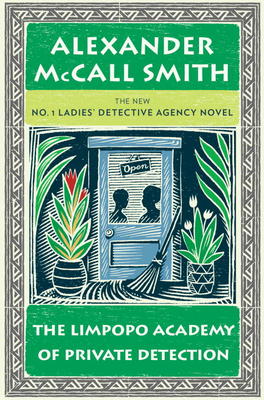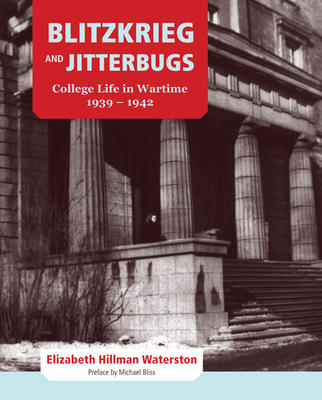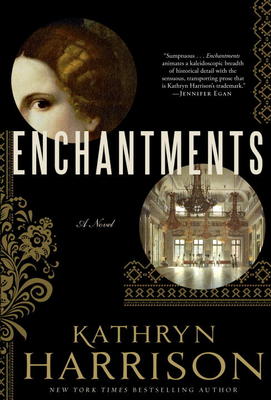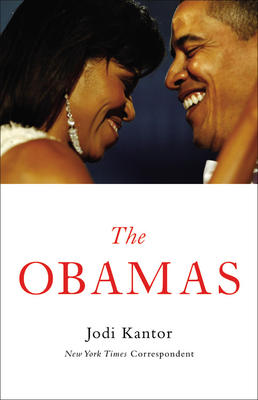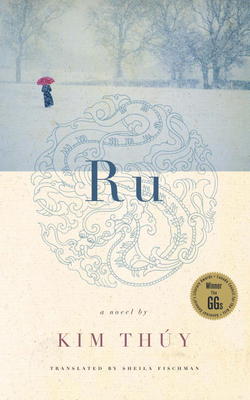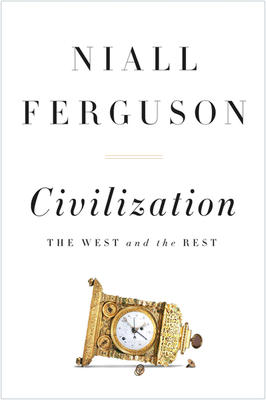 In Richard Gwyn’s second volume on Sir John A. Macdonald he shows how this charming and wily politician gave Canada our country.
In Richard Gwyn’s second volume on Sir John A. Macdonald he shows how this charming and wily politician gave Canada our country.
Opening with Confederation in l867, when Nova Scotia and New Brunswick joined Quebec and Ontario, he describes Macdonald’s National Policy which stood for government intervention in times of public need. Macdonald believed that in such a fragmented country, Canadians had to look out for each other or they would have no nation at all.
With thorough research and a good journalist’s sense of style, Gwyn tells the story of struggle with the Red River Colony amidst constant pressure from Minnesota annexationists to take this part of Canada; Louis Riel’s two rebellions and controversial death; the battle to build the Canadian Pacific Railway, linking the continent, and the Pacific Scandal that almost sunk the whole project, as well as Macdonald’s government.
Macdonald survived all this even though his home life was not easy (his first wife had died after years of illness and the loss of one son) and his second wife, though devoted, had the handicap of caring for a disabled daughter.
Macdonald had an easy, disarming way of approaching people and they voted him back into office against heavy odds. The book includes many of the talented politicians and others who worked with Macdonald up to the young Laurier, who would be another lion in the leadership of Canada. There are excellent photographs backing the story. Gwyn in fact has done just what he did in the first volume, John A.: The Man Who Made Us. Published in 2007, that book became a bestseller and won the Charles Taylor Prize for Literary Non-Fiction. This one is every bit as good.
Review by Anne McDougall

